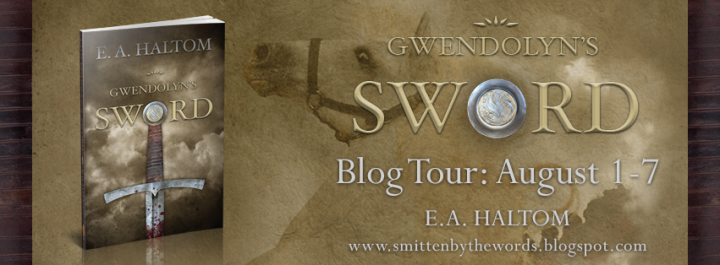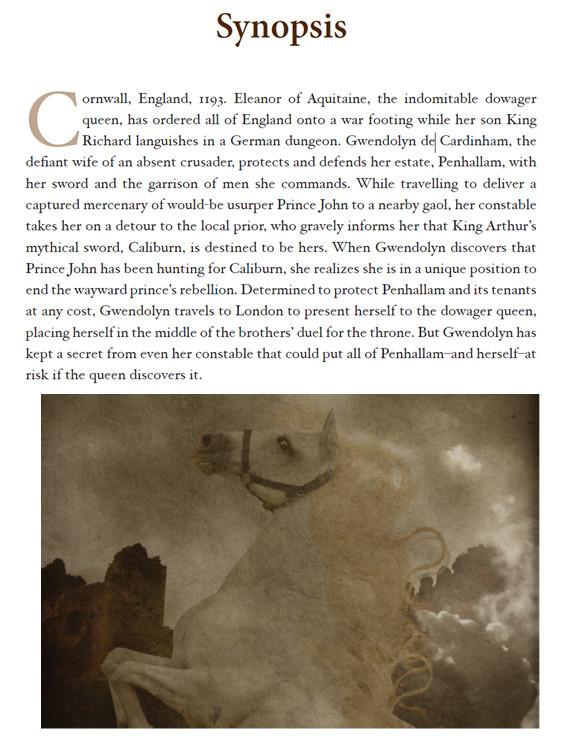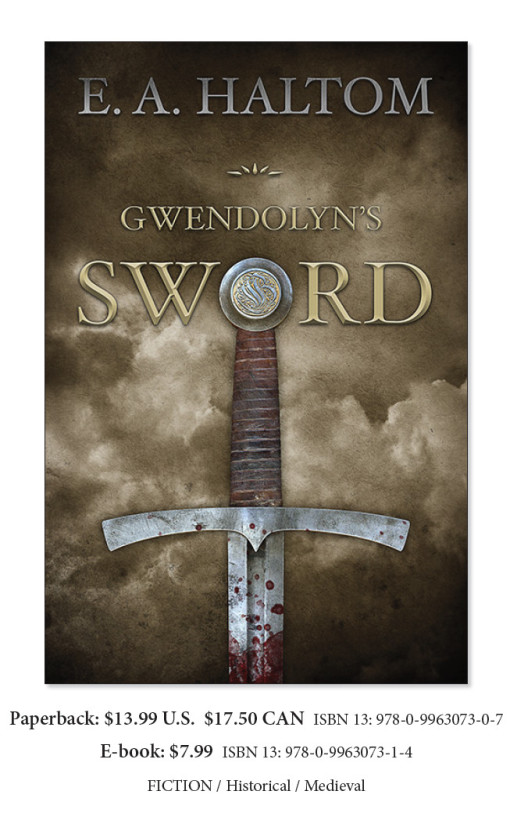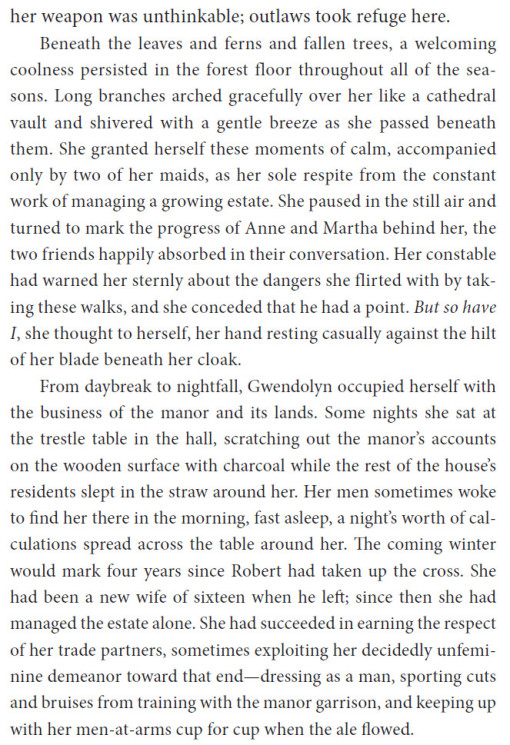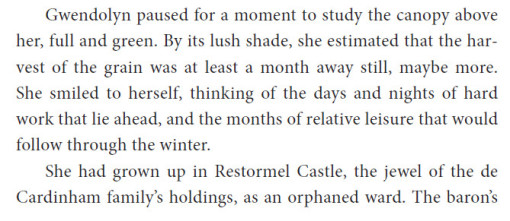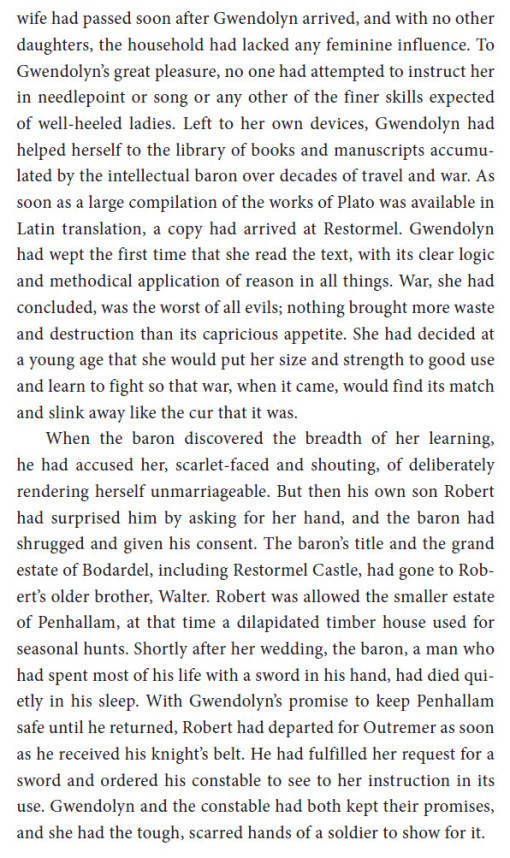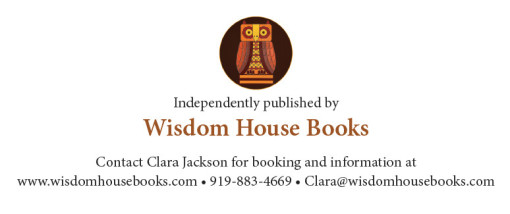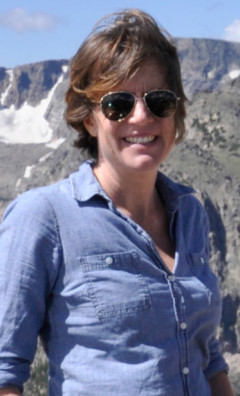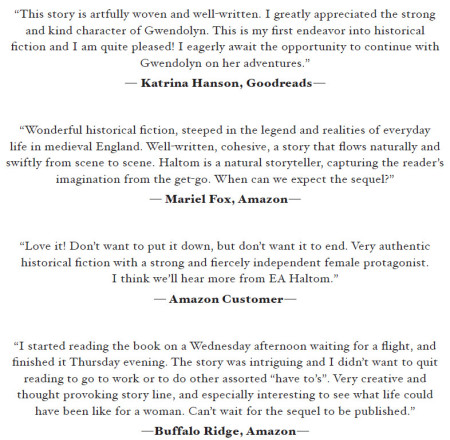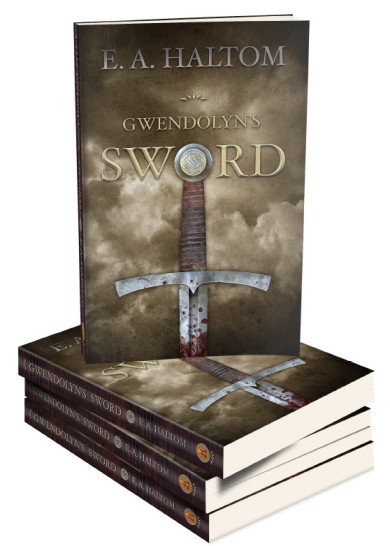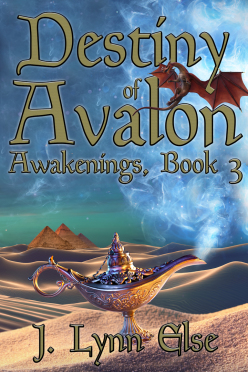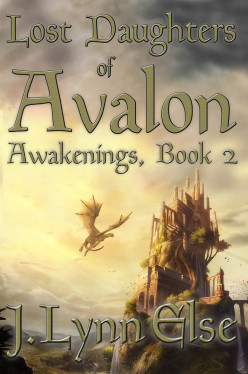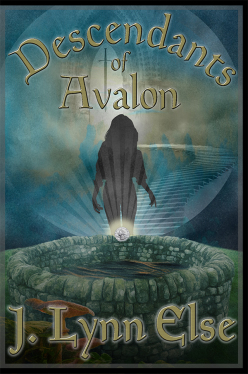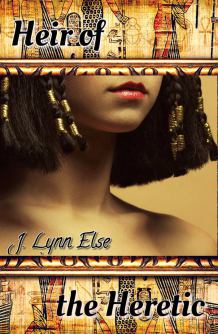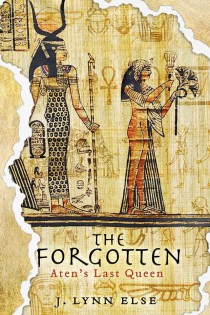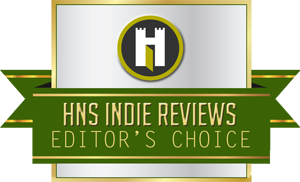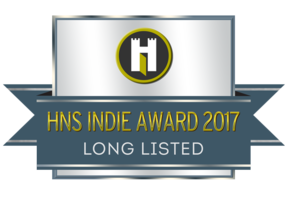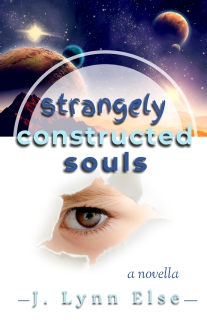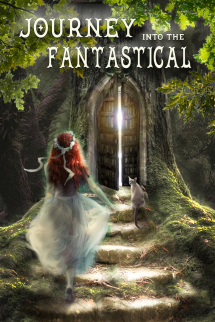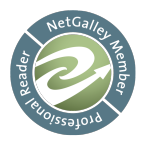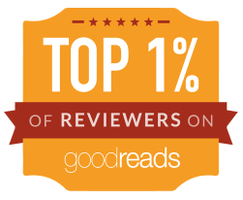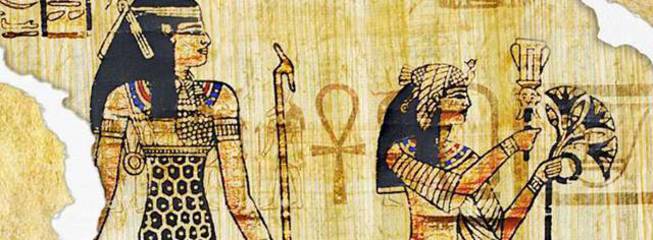
You can find my review of this fantastic self-published novel at:
An interview with E. A. Haltom
A special thank you to E. A. Haltom (EAH) who graceously agreed to answer my questions. She shared some great information about her journey as a writer and helpful tidbits for those of us who are also self-published.
- J. Lynn Else
- I want to start out by saying “thank you!” I read your bio and very much appreciated the following statement: “I’m frankly not interested in the sexual lives of my characters. I write gritty stories that would normally be written with male leads.” I get extremely frustrated with historical fiction books that feature a female lead but then will spend a lot of narration on the sexual activities of these women. What are some of your favorite stories featuring strong female leads that also follow your narrative focus?
EAH: Thank you back! And I love this question. My first and foremost favorite strong female lead in a story that doesn’t get wrapped up in the lead’s sexual life is the Hunger Games series. Katniss’s relationship with Peta was a very central part of the story, but we didn’t get salacious details of their intimacy because that wasn’t what Katniss was about—so there wasn’t anything to tell even if Suzanne Collins had been inclined that way. When you look at historical fiction, though, this type of female lead really doesn’t exist, particularly if you’re looking for a warrior-type strong woman. It’s one of the reasons I wrote this story, to fill what I saw as a huge gap.
- When it comes to editing, do you use beta readers, online paid services like Kirkus, both, fellow authors, etc?
EAH: This was my first novel, so I was definitely learning as I went. I gave the first version, after a lot of editing and polishing, to a beta reader who is a big fan of the genre—and the husband of a good friend. He told me straight a lot of issues that he saw with characterization, plot development, historical accuracy. I read through his comments and realized I agreed with a lot of them, and that fixing the problems would require a fundamental re-working of the story, which was what I did. The main arc of the lead characters remained the same, but where they were, how the events unfolded, most of the second-tier characters—that was all new. By the time I finished the second version, I had a much clearer feel for the book and this time I felt I was ready to hire a professional, so I hired a fiction editor who I already knew. One of her packages is a full editorial review, from basic proof-reading all the way out to conflict, pacing, character development, etc. Most of the feedback I received from her was technical details, and her comments on the overall story were very positive, so I finally had a sense that the book was at a level that I could start to shift to focusing on publication. I did work briefly with a writers’ group early on for feedback, but I found their criticisms unconstructive and actually a little undermining, so I quit the group.
- Tell me about designing your website. How much time did it take to develop? What were some of the expenses involved with it?
EAH: My website is hosted on google blogspot, so it’s free. I did the design myself, working off of one of the standard templates. I’ll be honest that my website may be my weakest marketing point—particularly as a self-published author. It is straight-forward, no bells and whistles, just content and now with more pretty pictures (thanks to the urging of my PR folks).
- On a related note, what has been your biggest expense with self-publishing in general?
EAH: Publicity and marketing, by far. There are so many books out there, so much content, clamoring for readers’ attention. Figuring out how to find your audience and connect with them is an art, and I absolutely have needed the help of professionals to figure out how to do this.
- How do you handle 1- and/or 2-star review? I once told myself I was not going to read these reviews, but its honestly hard not to. Do you have advice for others who are learning to process/learn from negative feedback?
EAH: I really sympathize with this. It isn’t easy. I’m a little older and this isn’t my first career, so I’ve already weathered a lot of professional rejection before this, and I was very successful anyway. No matter what you write or how great your book is, there will always be someone who doesn’t like it, just hates it, thinks you got it all wrong, and now with the internet chances are they’ll write about it and you’ll have someone out there saying terrible things about your book. It’s inevitable, really. I’m not sure you need to try to learn from those random low reviews. If you’re getting a lot of them, maybe you should look and see what they’re saying and see if you agree. But if it’s just a few, I would chalk that up to not being able to please everyone. Eventually, if you have enough readers, someone out there is going to get rubbed the wrong way by your writing. It doesn’t mean they’re wrong or you’re a failure. It just wasn’t their thing. Focus on the readers who liked it and move on. I didn’t write Gwendolyn’s Sword to please others or because I wanted people to like me. I did try to write something that would be highly entertaining, but ultimately, I wrote the story that I wanted to write. Period. Some people aren’t going to like it. I’m okay with that.
- In this digital age, how much time do you spend online with Twitter, your website, Goodreads, etc., for networking and promoting your books?
EAH: Oy. A lot. To the point that I sometimes have to unplug and go work on my laptop to be able to work without distraction. I am supposed to post at least once a week to my blog (I’m currently on vacation in Oregon with my family, so that hasn’t been happening…ahem), daily tweets (and I try to post observations or news in middle ages history or archaeology and not just promotional tweets), posts to the Gwendolyn’s Sword Facebook page, check Goodreads for any activity and connect with those people, and my PR folks have suggested I also start a Pinterest page, but I think I have enough out there going on.
- I read your blog post about switching from CreateSpace to IngramSpark/LightningSource for paperback distribution. I chose CreateSpace for my paperback version as the publisher I used for the e-book version did not have an affordable option for me to create a paperback option. Could you tell me how this transition has gone since your June blog post? Have you noticed other pros/cons to this switch?
EAH: I am noticing more robust paperback sales since switching to IngramSpark. That may be just from the increased promotional efforts, but I like knowing that I’m now on the platform that booksellers would consider buying books from.
- How about we start closing this interview on an easy one: What are you currently reading?
EAH: I am finishing up The Blind Assassin by Margaret Atwood, and I have All the Light We Cannot See waiting on the bedside table to read next. I’ve noticed that there are some books and authors who make me a better writer for reading them, and some that make me a worse writer. There is a series I’m halfway through that, while I’m reading them, my writing becomes flat and dull. So I’ve had to set those aside, even though it’s a fun sci-fi/fantasy series. Margaret Atwood, on the other hand, writes prose that cuts to the bone. I’m already bummed I’m so close to finishing it.
- Perhaps this is the same question as #1, but who are your biggest influences as an author?
EAH: You asked this in a really open-ended way—not who are the most influential writers, but just who are my biggest influences. So I’ll say it’s all the entertainment biz VPs and execs who for decades have filled books and tv and theaters and video games with one-dimensional depictions of women and girls as sidekicks, damsels in distress, sex toys, insecure and plotting fiends—but never, or only very rarely, as the central hero. They always had the smug and self-serving excuse that this is what sells, but that’s absolute bullshit (feel free to edit to “bleep”). As far as positive influences, I’d have to go with Mary Gentle, Joss Whedon, Jane Espenson, Suzanne Collins, my kids and my husband, and my mom, who coached me on my writing from the time I was in elementary school.
Thank you for taking the time to answer all my questions!
Best wishes on your continued endeavors!
EAH: Thank you so much for your excellent blog and for this interview!
An excerpt from "Gwendolyn's Sword"
E. A. Haltom - Bio
E. A. Haltom writes what she likes to read, and sometimes that requires a lot of research and a sword. Preferably a 12th century English broadsword. Her debut novel, Gwendolyn’s Sword, explores ancient ideas of heroism through the eyes of defiant underdogs and outcasts that turn the stereotypical “hero” on its head. With sequels on the way, Haltom is building an imaginative and compelling epic that brings the people and events of 12th century England vividly alive— with an Arthurian twist. She lives with her husband and kids in Texas, where she writes and indulges in reruns of Buffy the Vampire Slayer and Doctor Who.
I love a great hero’s tale. I love the tight-lipped, quiet character who lives an unremarkable life until conflict forces her to action. And then—look out. Growing up, when I could find these stories the hero was invariably male. I had nothing in common with them; I could never be them. The stories only engaged me from a distance, as a spectator. As a child I would mentally change the gender of characters just to see how the story would change. Imagine a female Luke Skywalker rescuing a male prince from the villain. The people around her would react differently to her, and her options as a woman would be different—for travel, for gaining access to weapons and martial training, for simply maintaining sovereignty over her own body. It was a natural progression from these kinds of thoughts to writing Gwendolyn’s Sword.
When I set out to write my own hero’s tale, I turned to the legend of King Arthur–the iconic hero for western civilization. It had to be historical fiction, set in one of the most violent times of our history. Historically, women weren’t taken seriously as leaders, and it was an intriguing idea to drop a fictional woman hero into ancient times to see what might happen. Except for accounts of Jean d’Arc and the incredible alternative history written by Mary Gentle (Ash: A Secret History), women in historical fiction don’t get to be the sword-wielding, martially trained, rough heroes that the men are. What if this type of woman, unacknowledged in the historical record (not a far-fetched proposition in itself), had actually been the driving force behind major historical events of the time? Answering that question faithfully to the history and characters became my debut novel, Gwendolyn’s Sword.
Prior to writing novels, I had a long and fulfilling career as a tech lawyer. I’ve always had a natural inclination to support the underdog, and I had a great time winning a fair shake for small and start-up clients. My love for the underdog has followed me in my writing as well. My main characters are the downtrodden, the disenfranchised, the overlooked and forgotten. I write about women in situations and settings that we don’t often get to see women occupy. I’m frankly not interested in the sexual lives of my characters. I write gritty stories that would normally be written with male leads, although that is quickly changing (see Suzanne Collins and Stieg Larsson).
It took me a long time to get around to writing. I had always loved writing and assumed that I would write novels at some time in my life. For some reason I had it in my head that I would need to be at least forty years old before I could write what I considered to be a “serious” novel. I felt like it would take me that long to acquire the maturity and perspective on life’s twists and turns to be able to write about them in a way that someone else might find illuminating. I started writing Gwendolyn’s Sword a week after my 40th birthday.
When I’m not writing, I’m researching. Historical fiction requires arduous research, but provides rewards in the fascinating details and the gaps in the historical record where the story can breathe and come to life. I wanted Gwendolyn’s Sword to take place among known people and places and to be shaped by actual events. I located, as closely as possible, where key characters were during Prince John’s rebellion—who was in London, who was in France, whose loyalties lay where and when did they switch sides.
As a storyteller, I want to take readers to another world. With Gwendolyn’s Sword, I’ve given due attention to historical detail and setting, and spun the usual tropes of medieval historical fiction into something completely different. Popular culture has a limited view of who can be a hero and what qualities and characteristics are required for heroism. I enjoyed abandoning those assumptions and letting the story take on its own life.
You can read Gwendolyn’s Sword as an ebook or a paperback, and I am working on an audiobook. You can find it on Amazon, Barnes and Noble, or purchase it directly from my website, www.smittenbythewords.blogspot.com. I have an author page on Goodreads that lets readers submit questions to me. It’s a great tool, and I love hearing from readers. Follow my blog, www.smittenbythewords.blogspot.com, or follow me on Facebook at facebook.com/eahaltomauthor, or on Twitter @eahaltomauthor.
